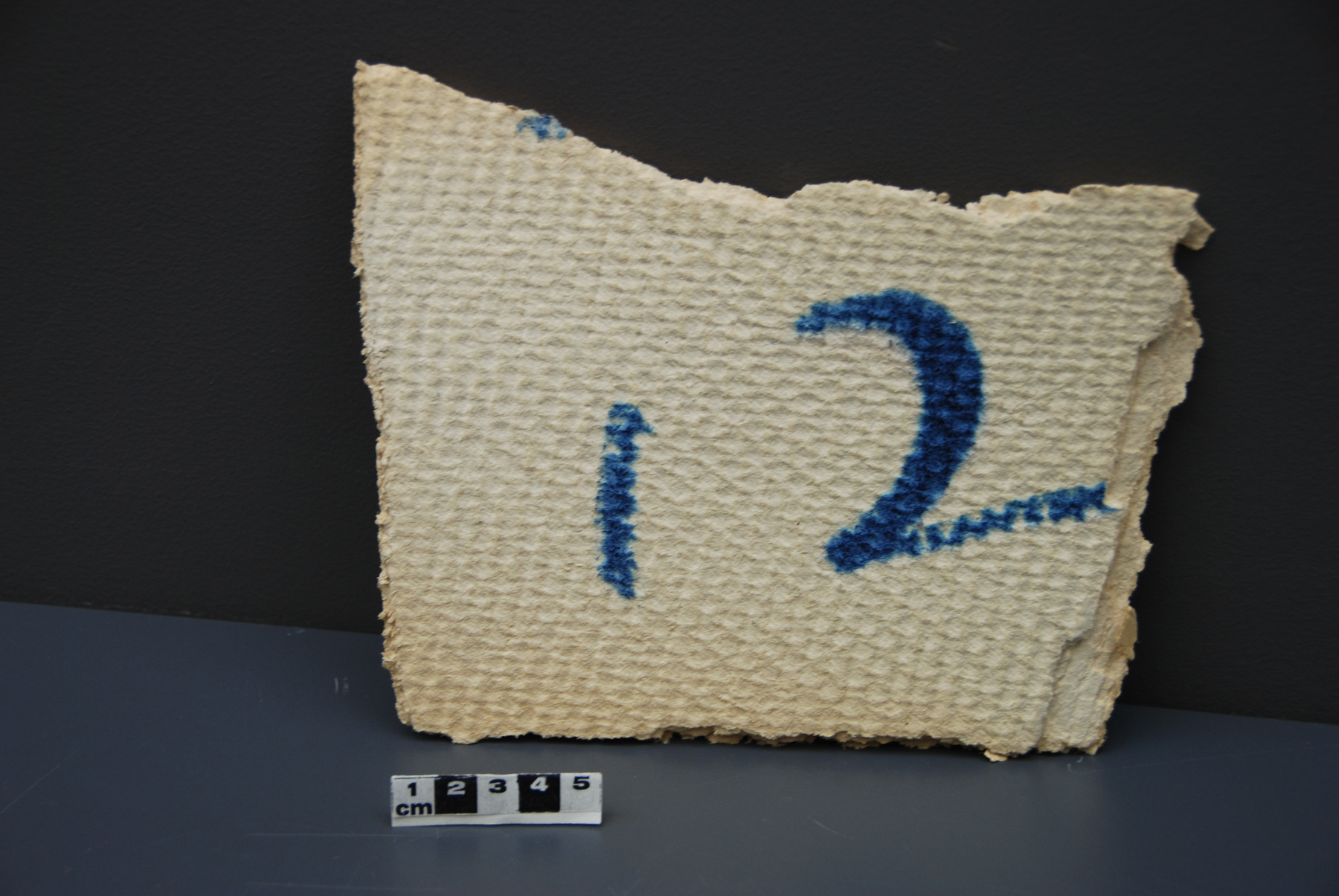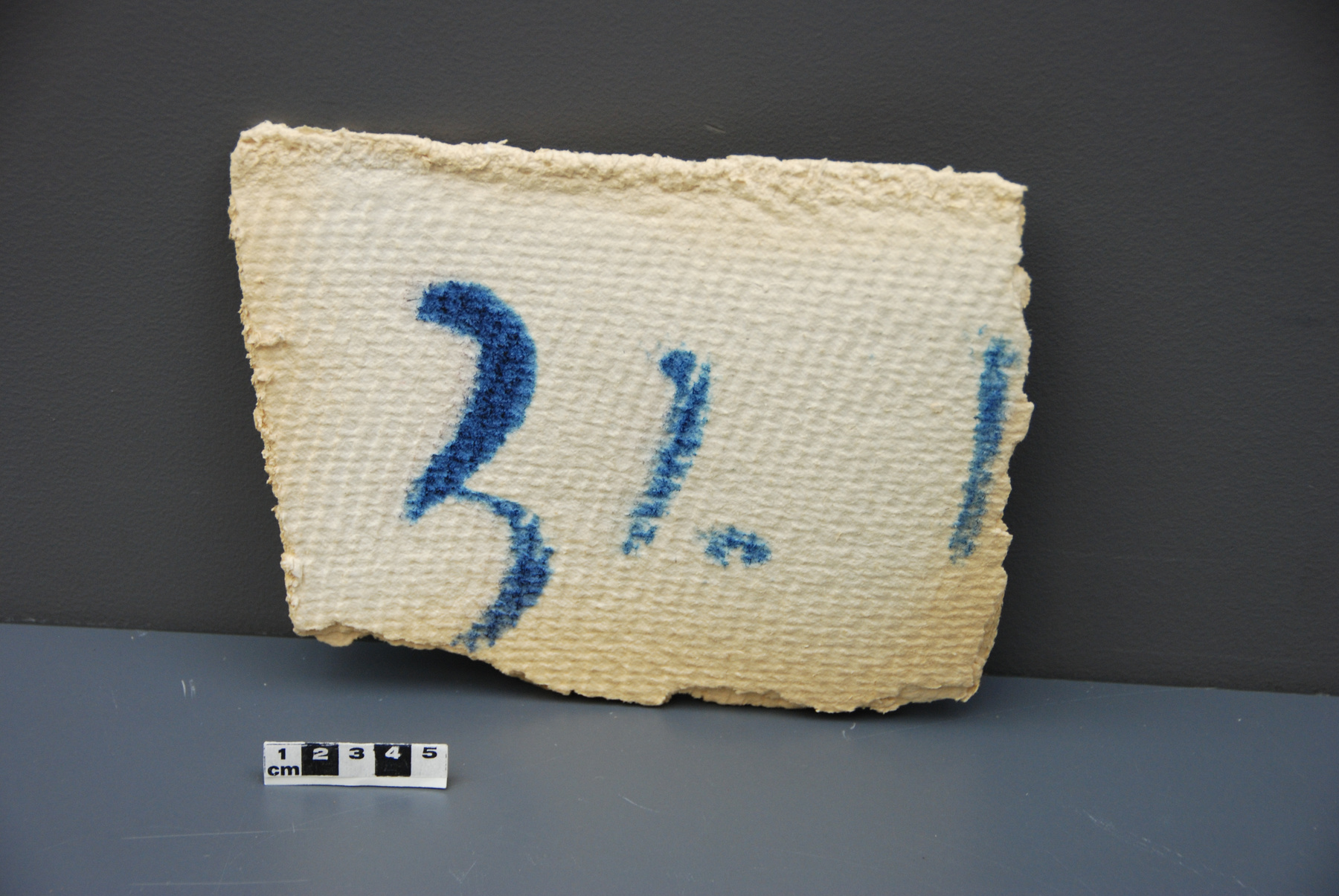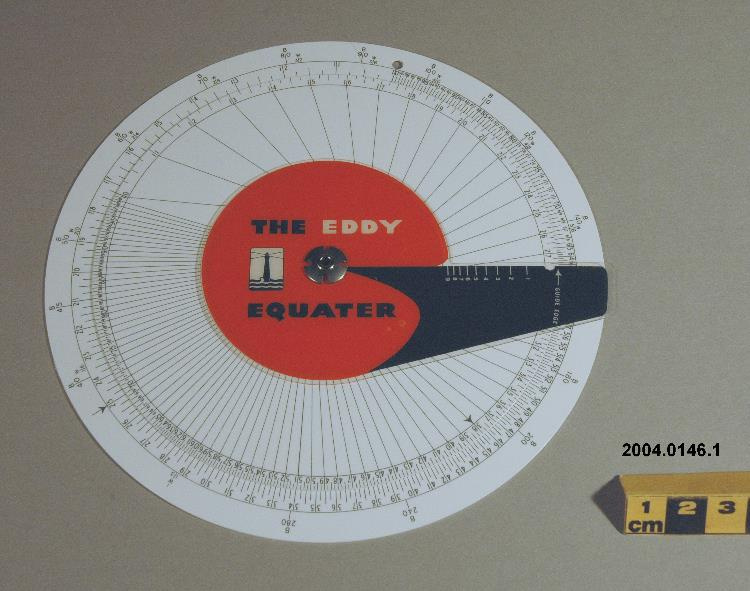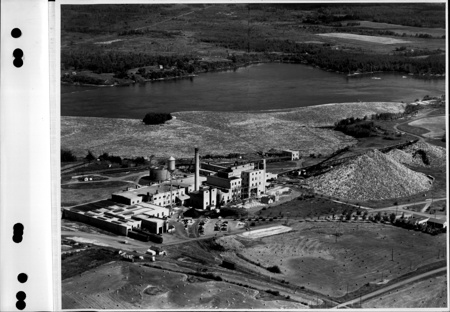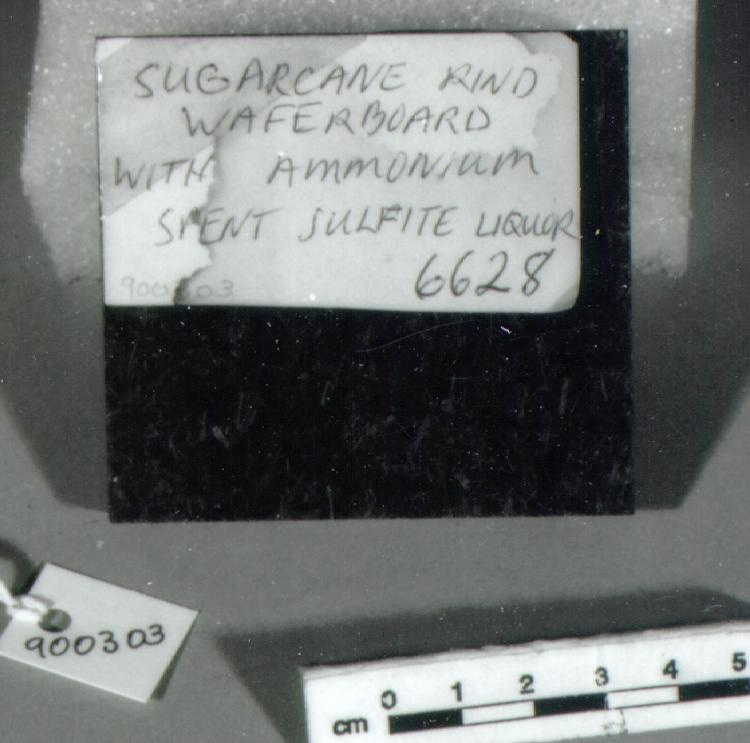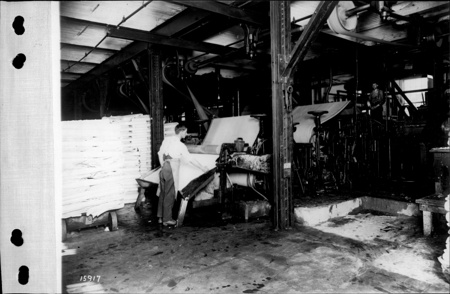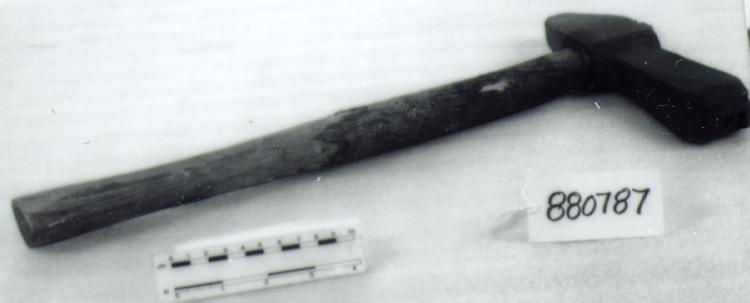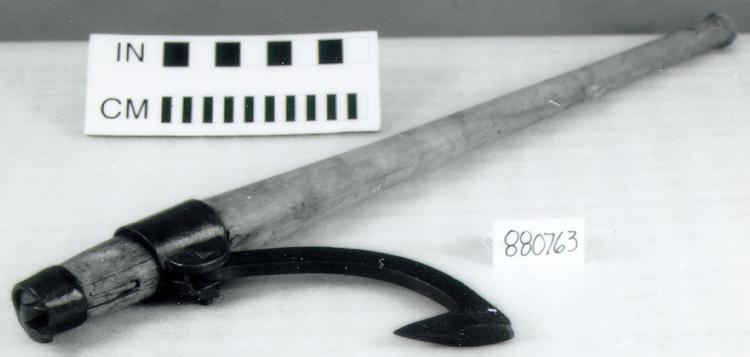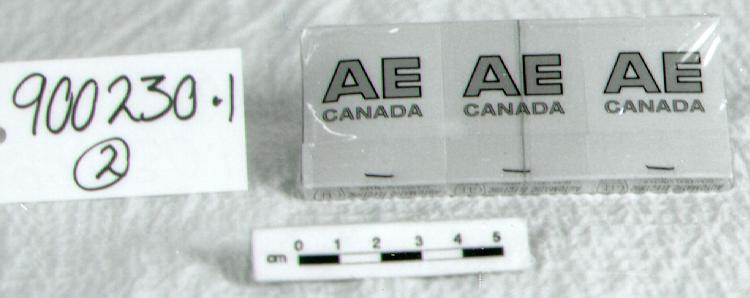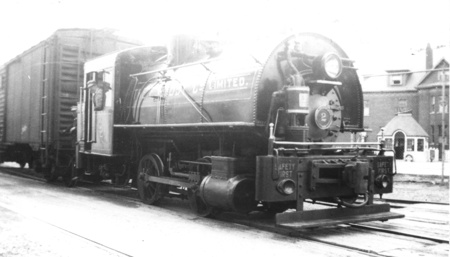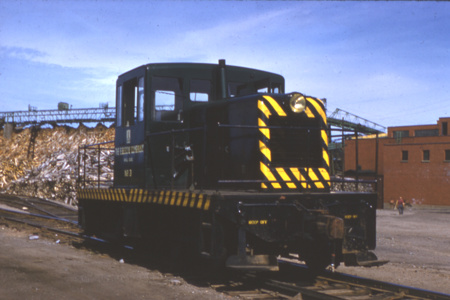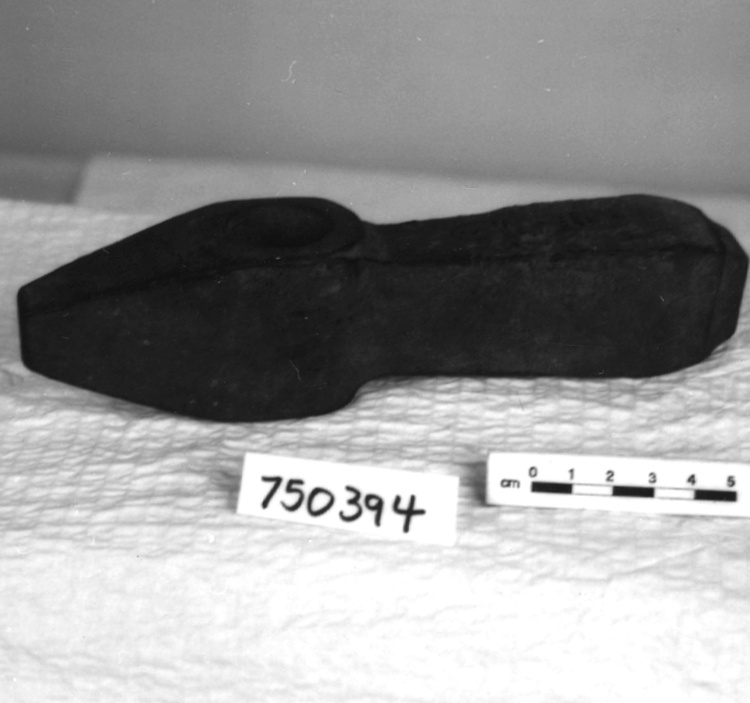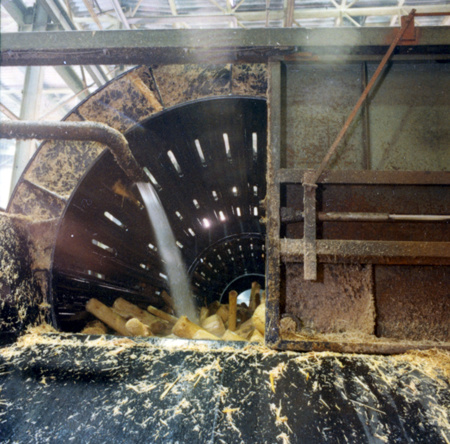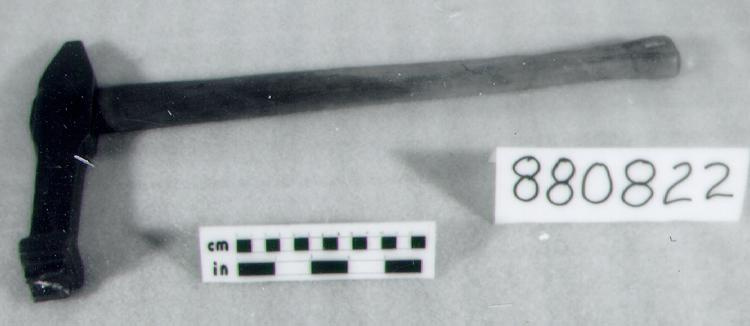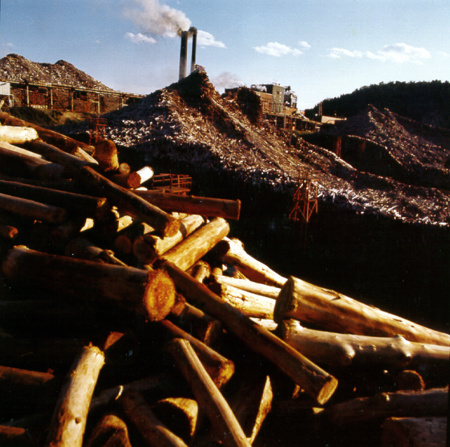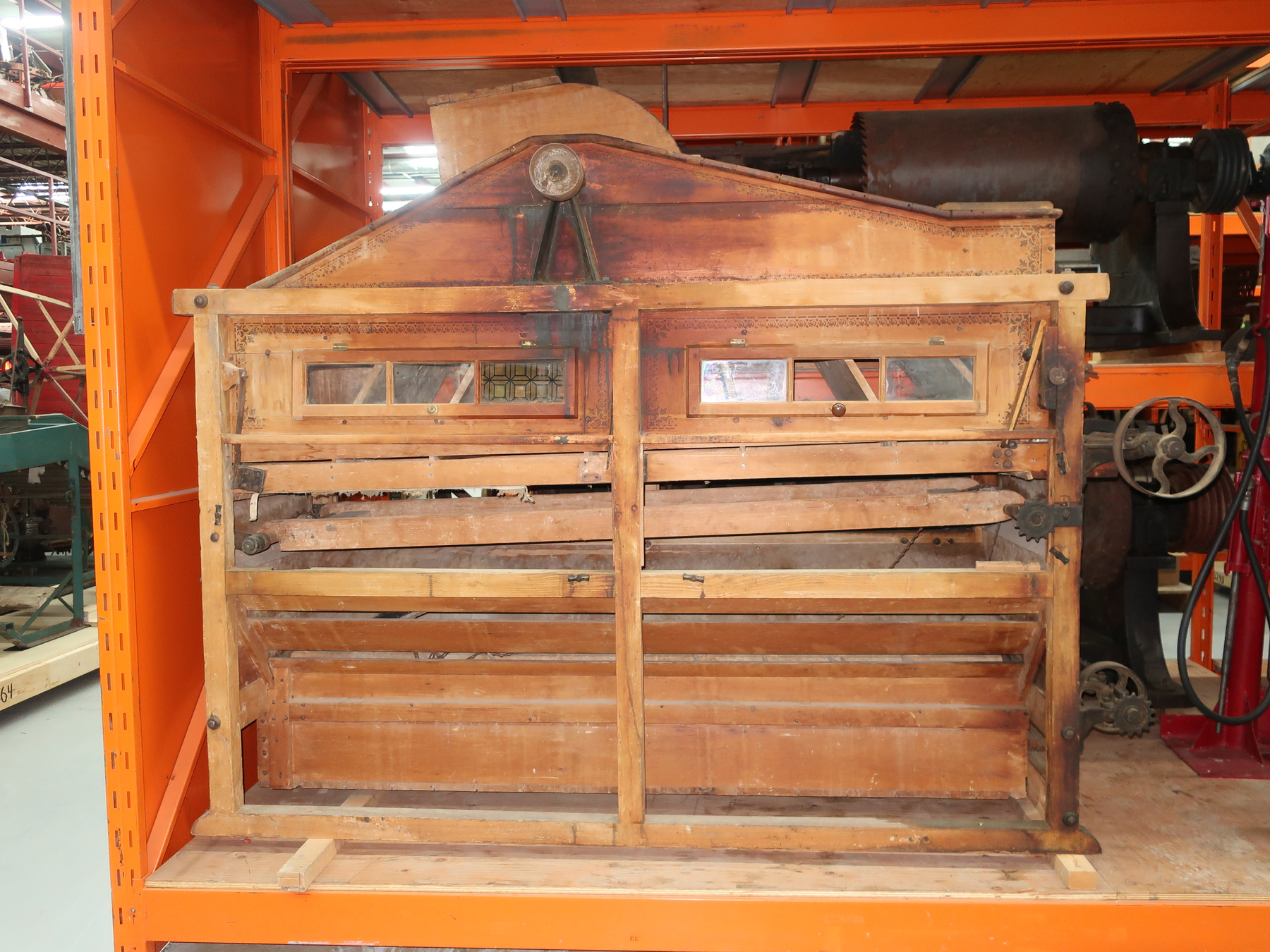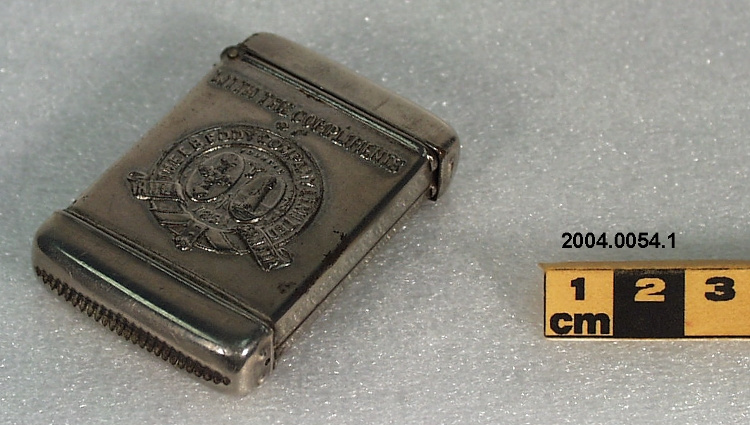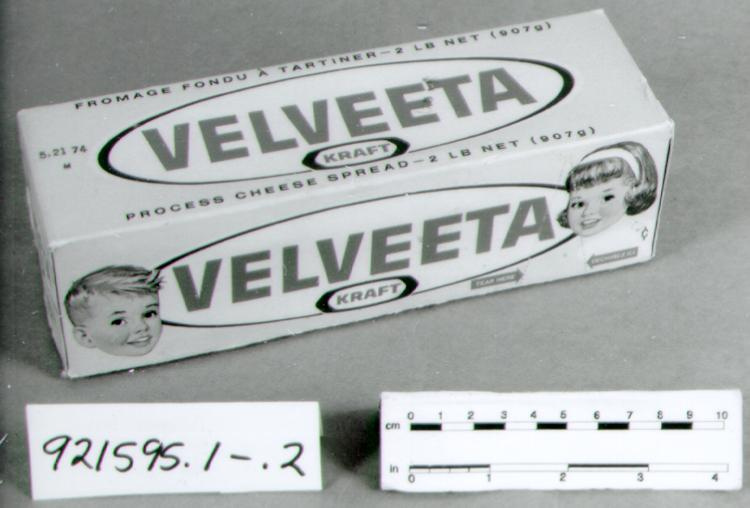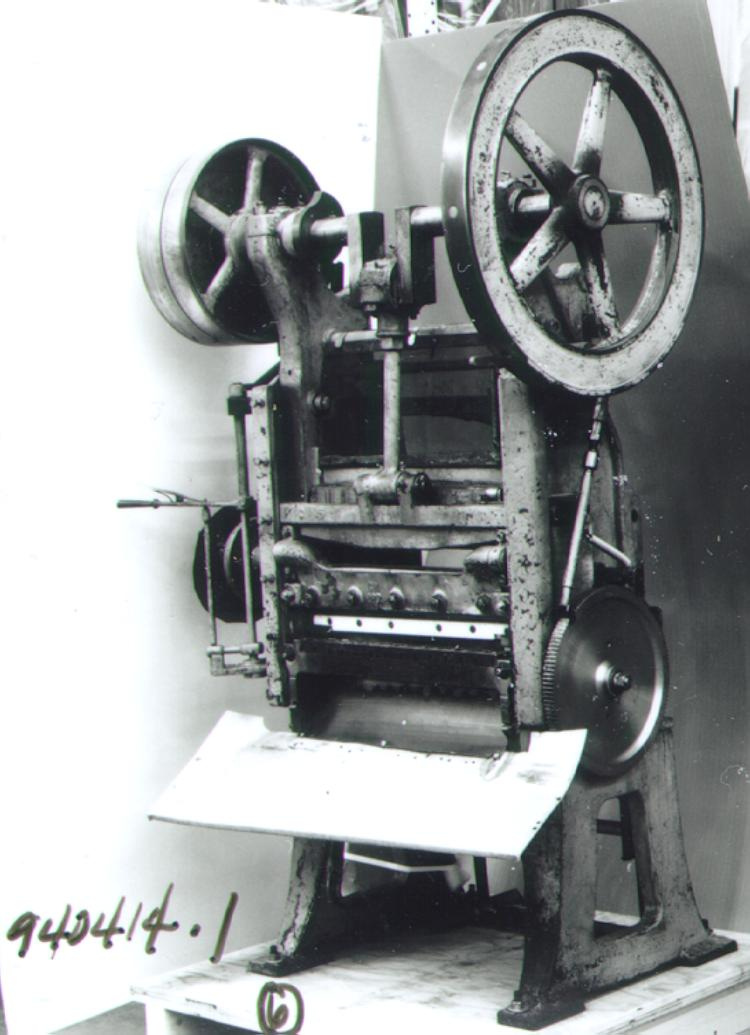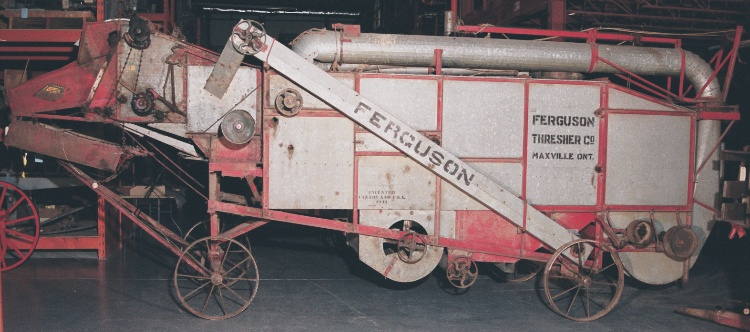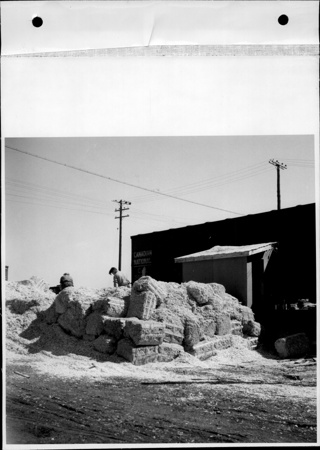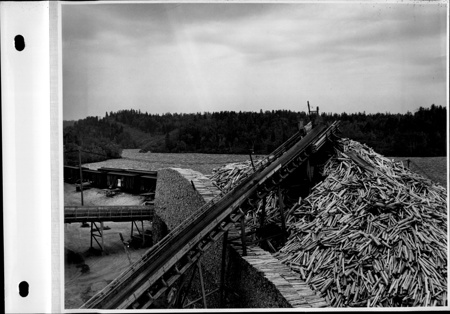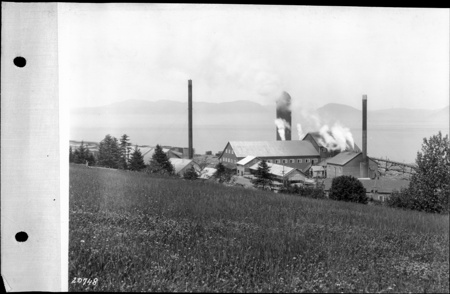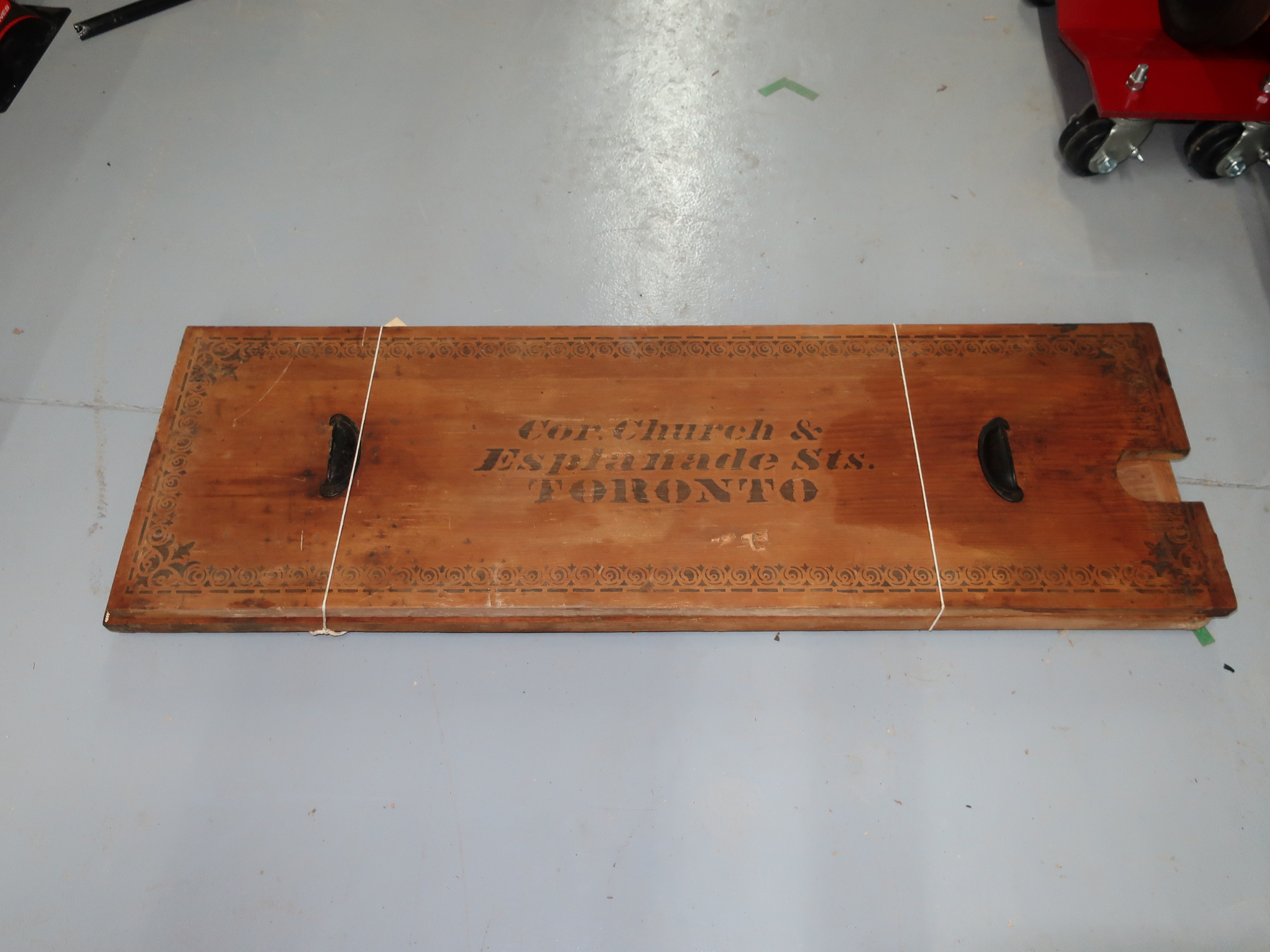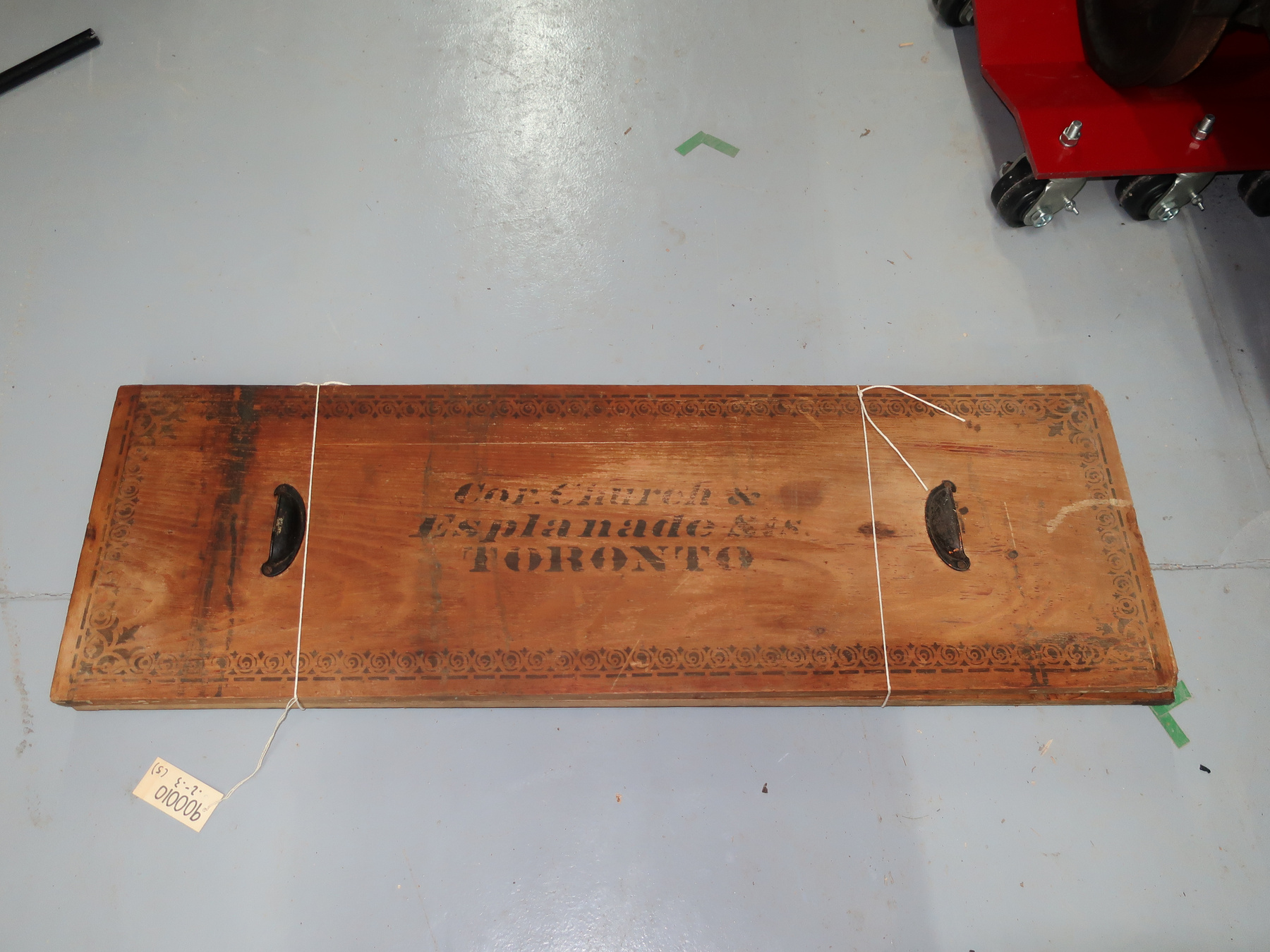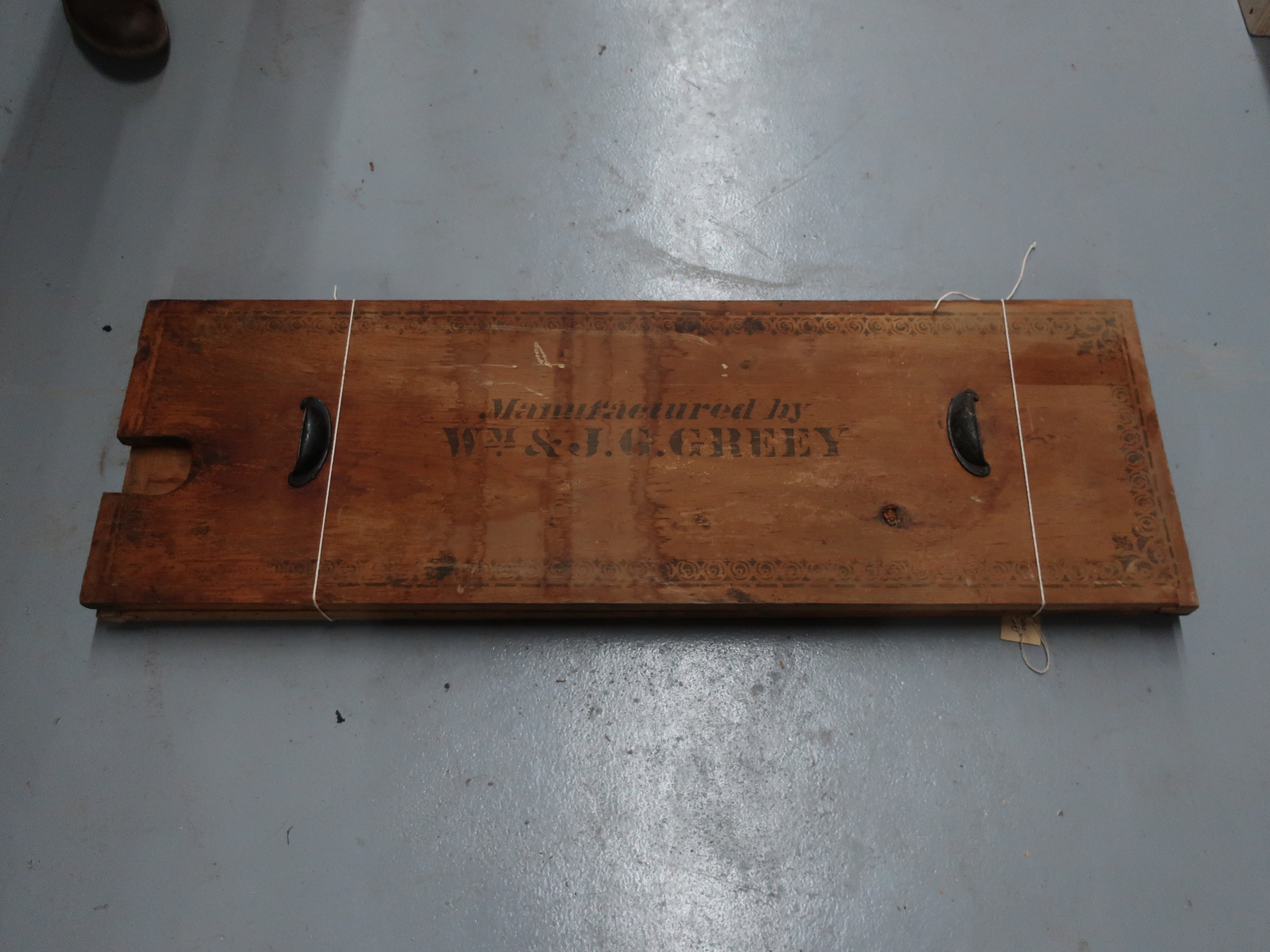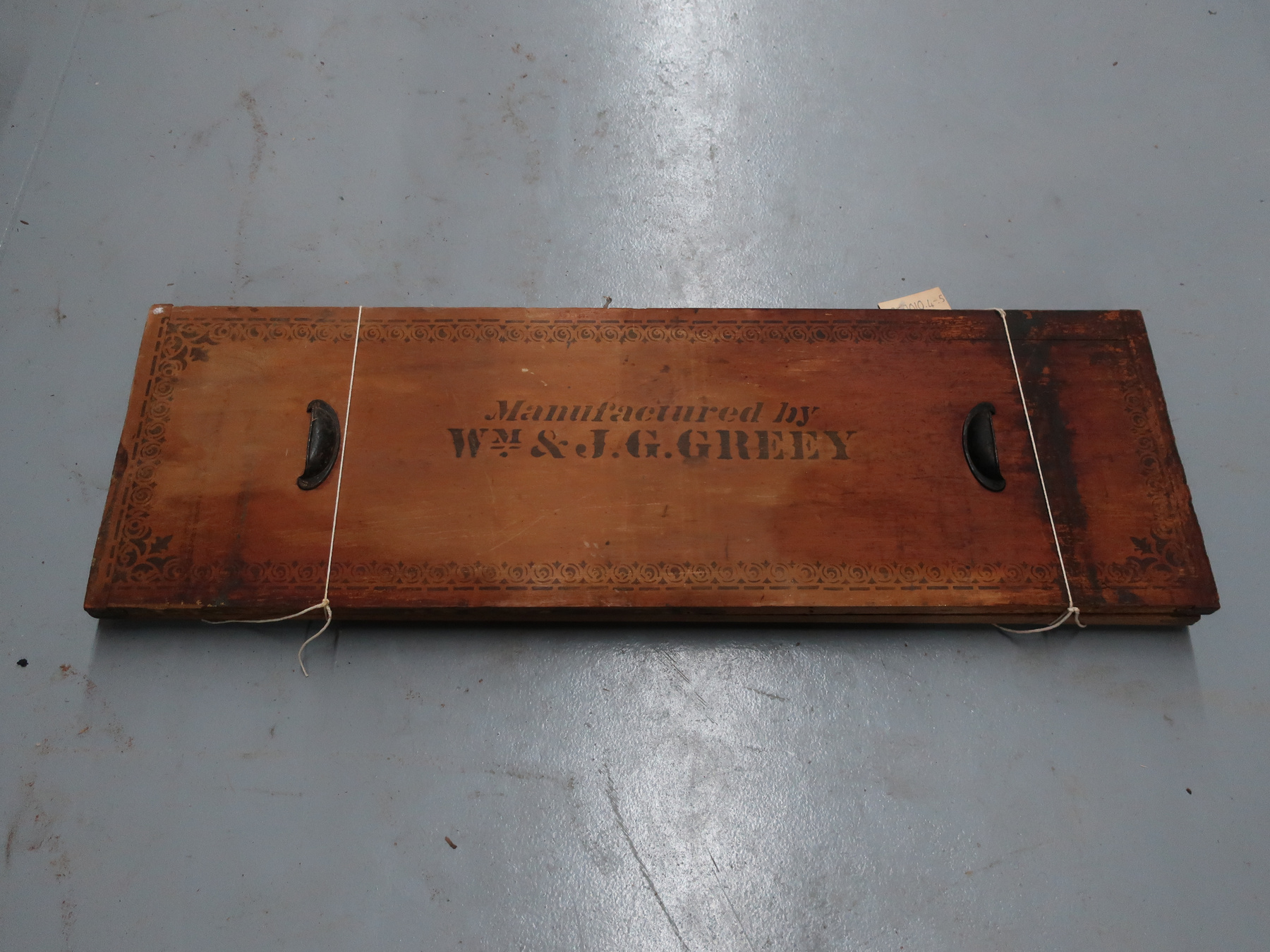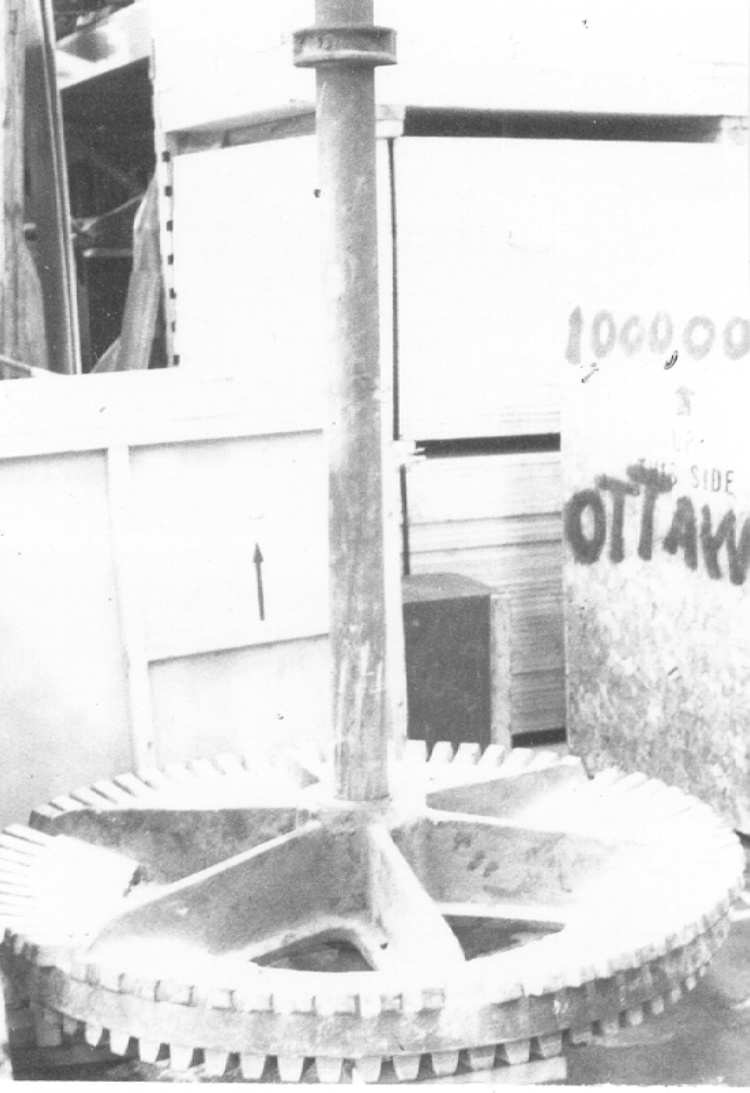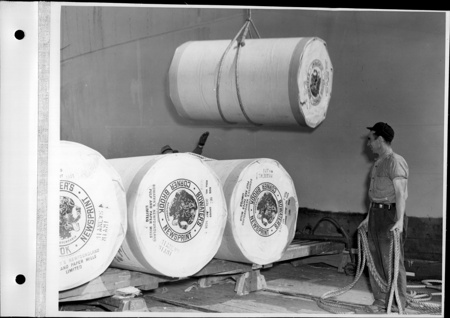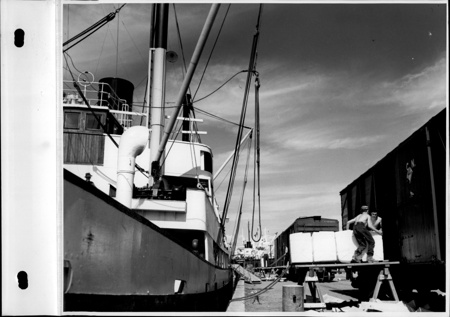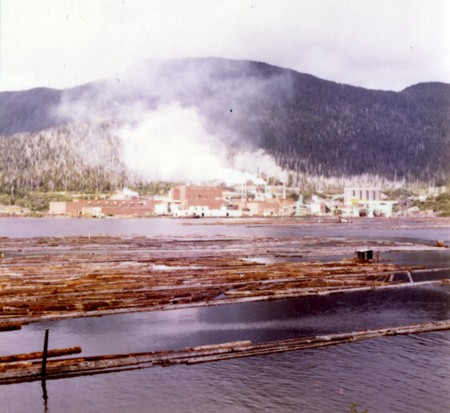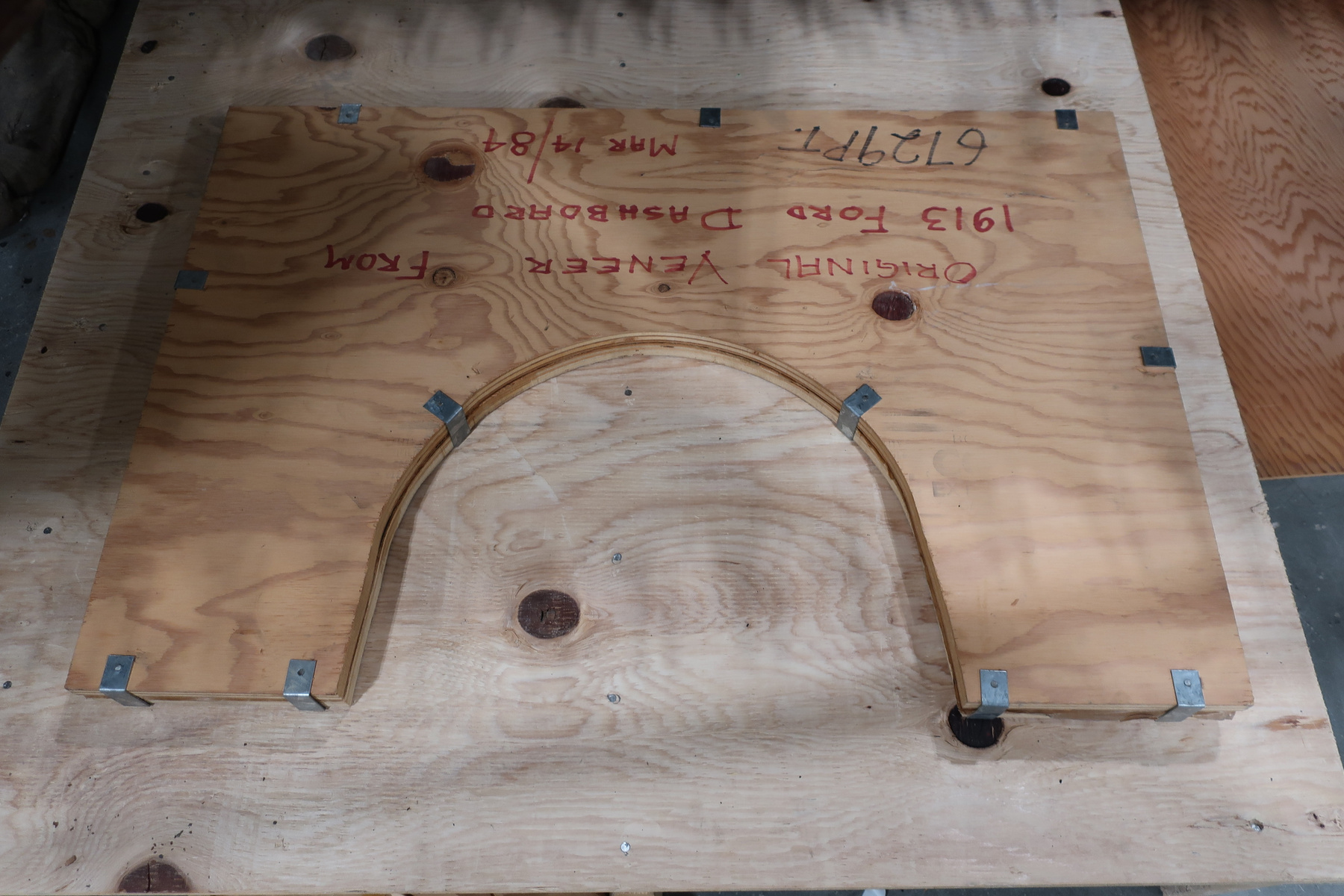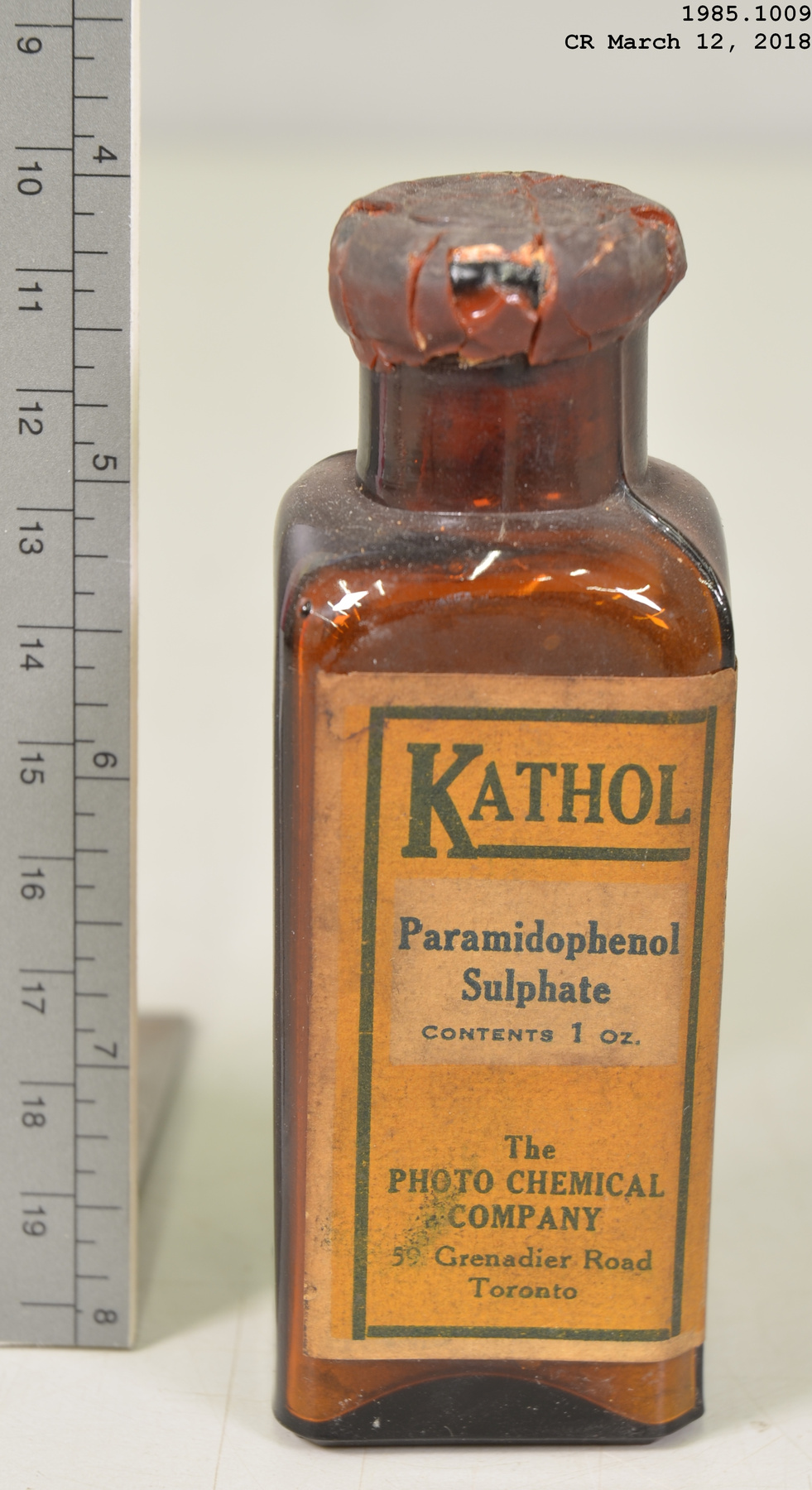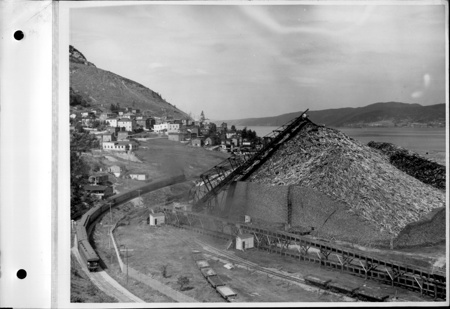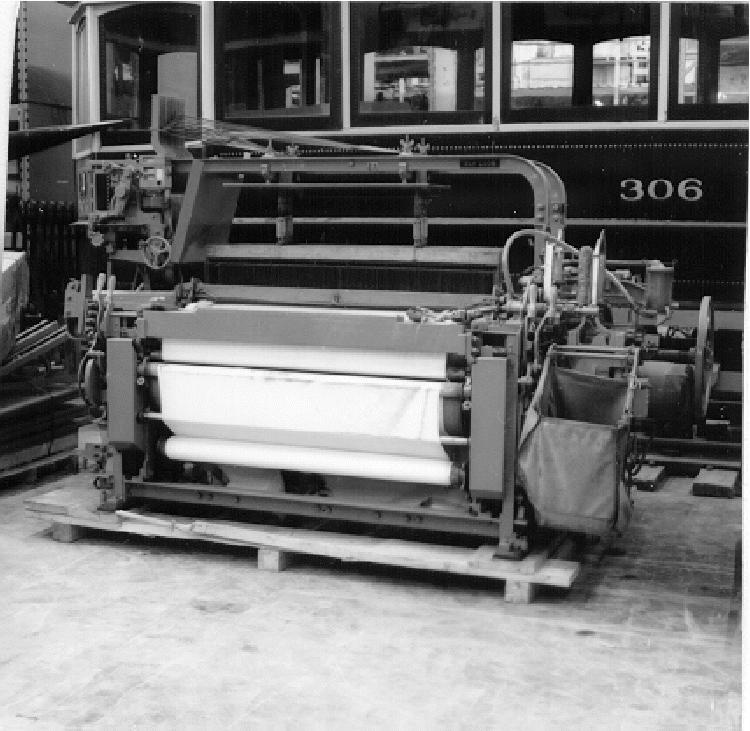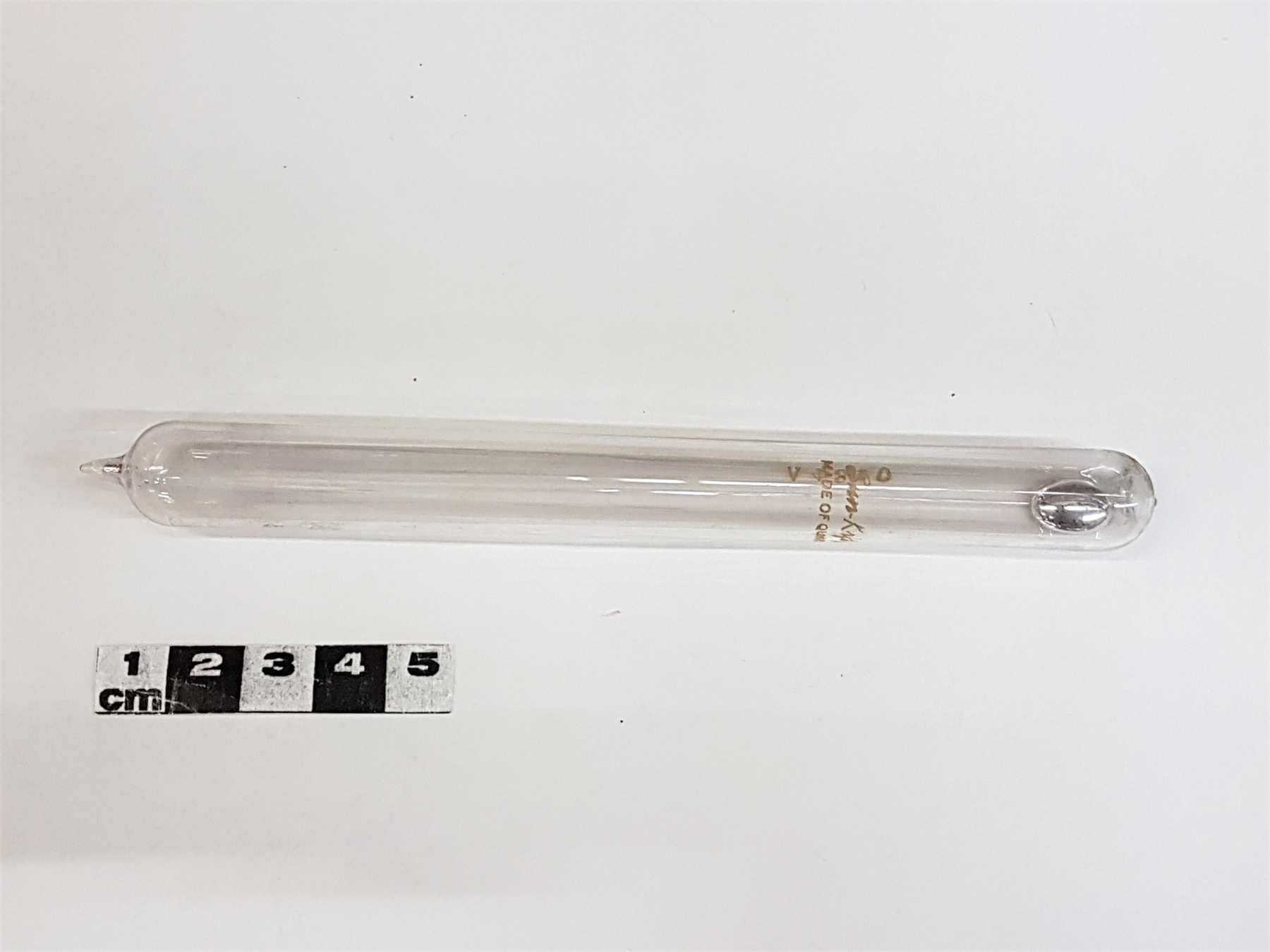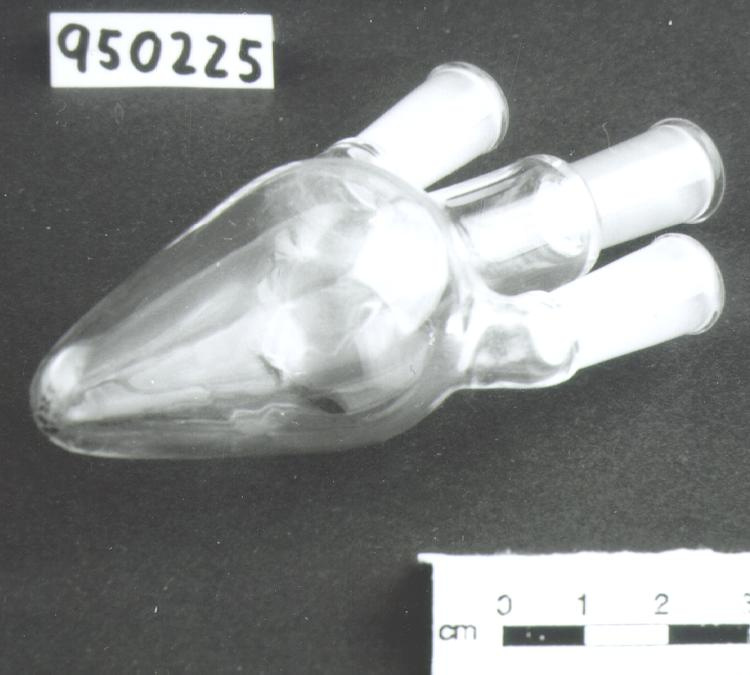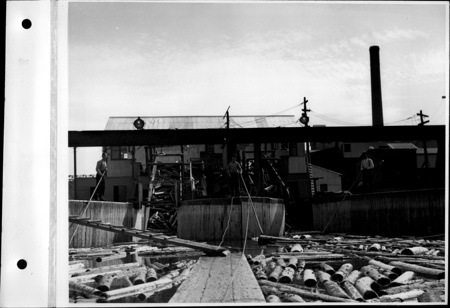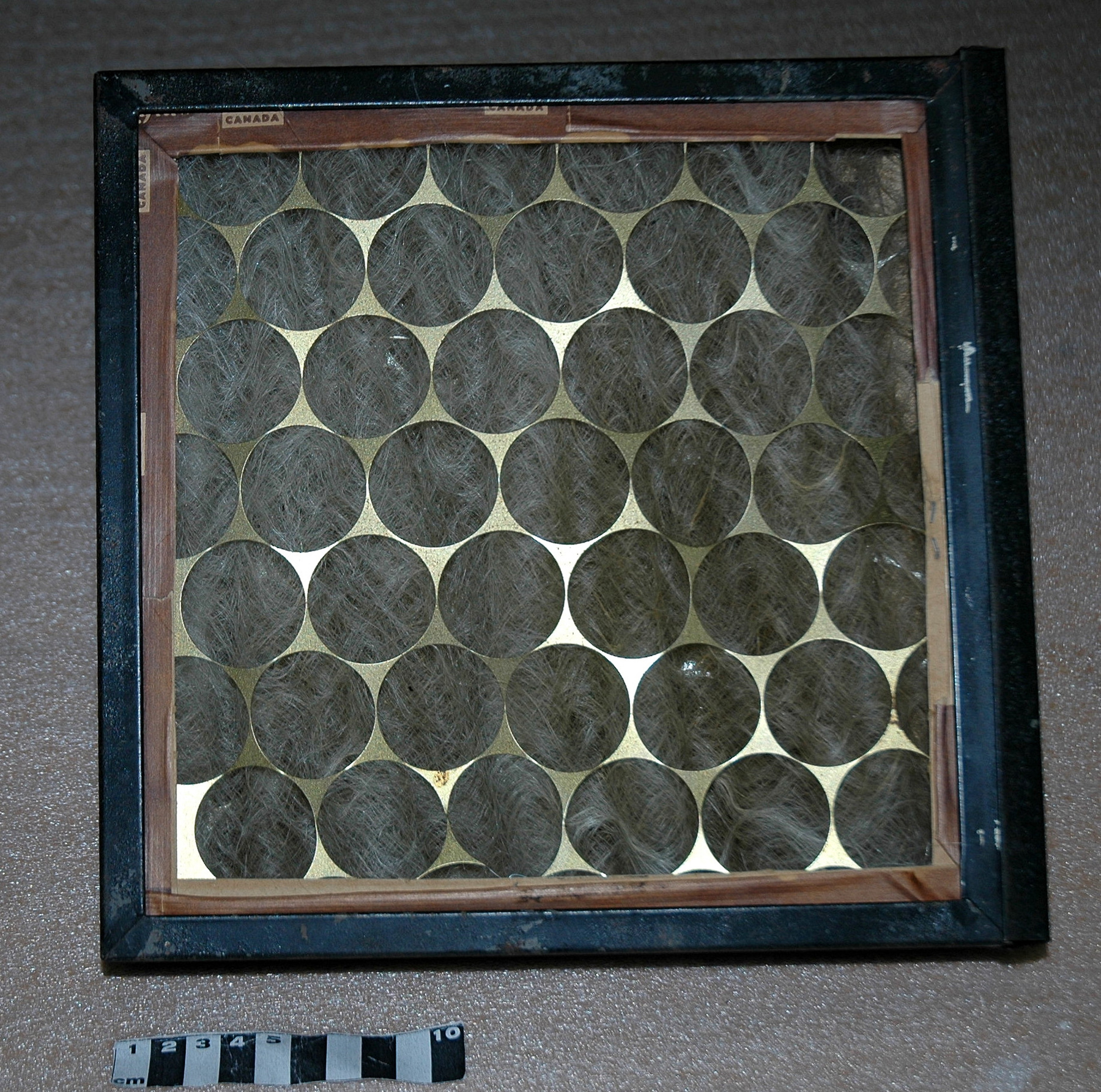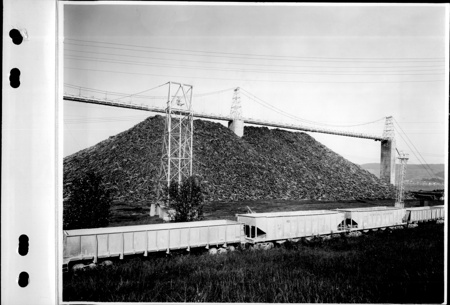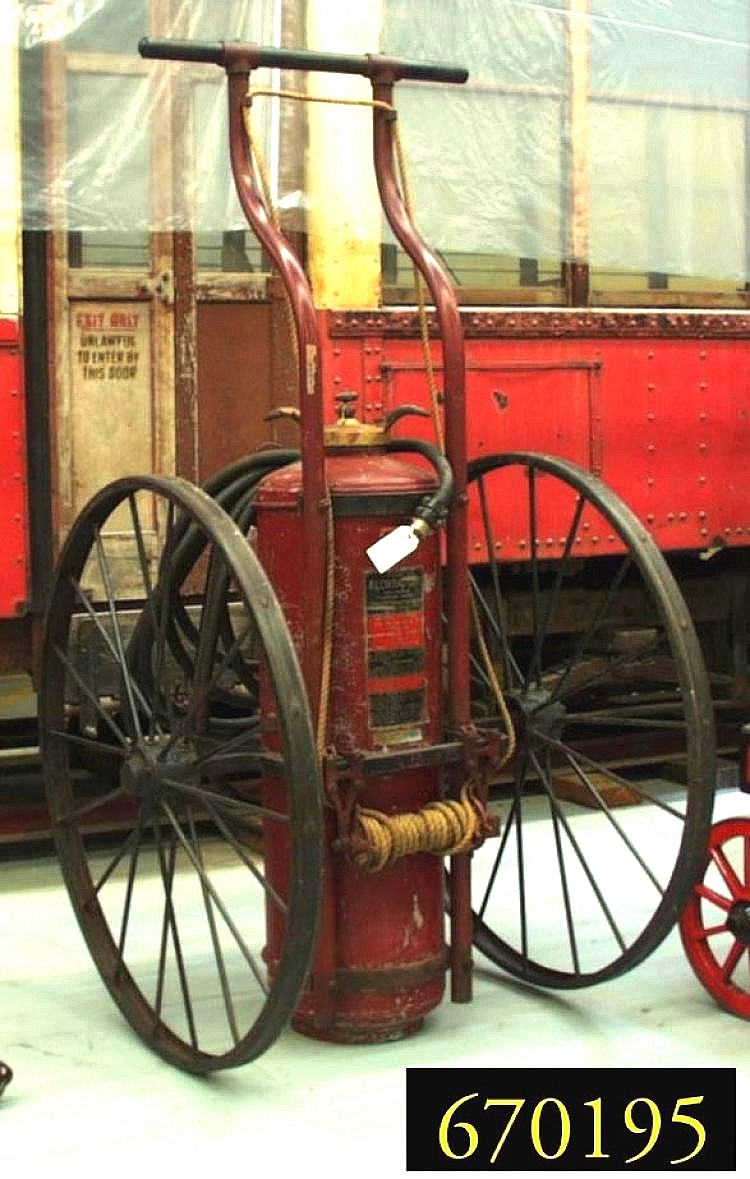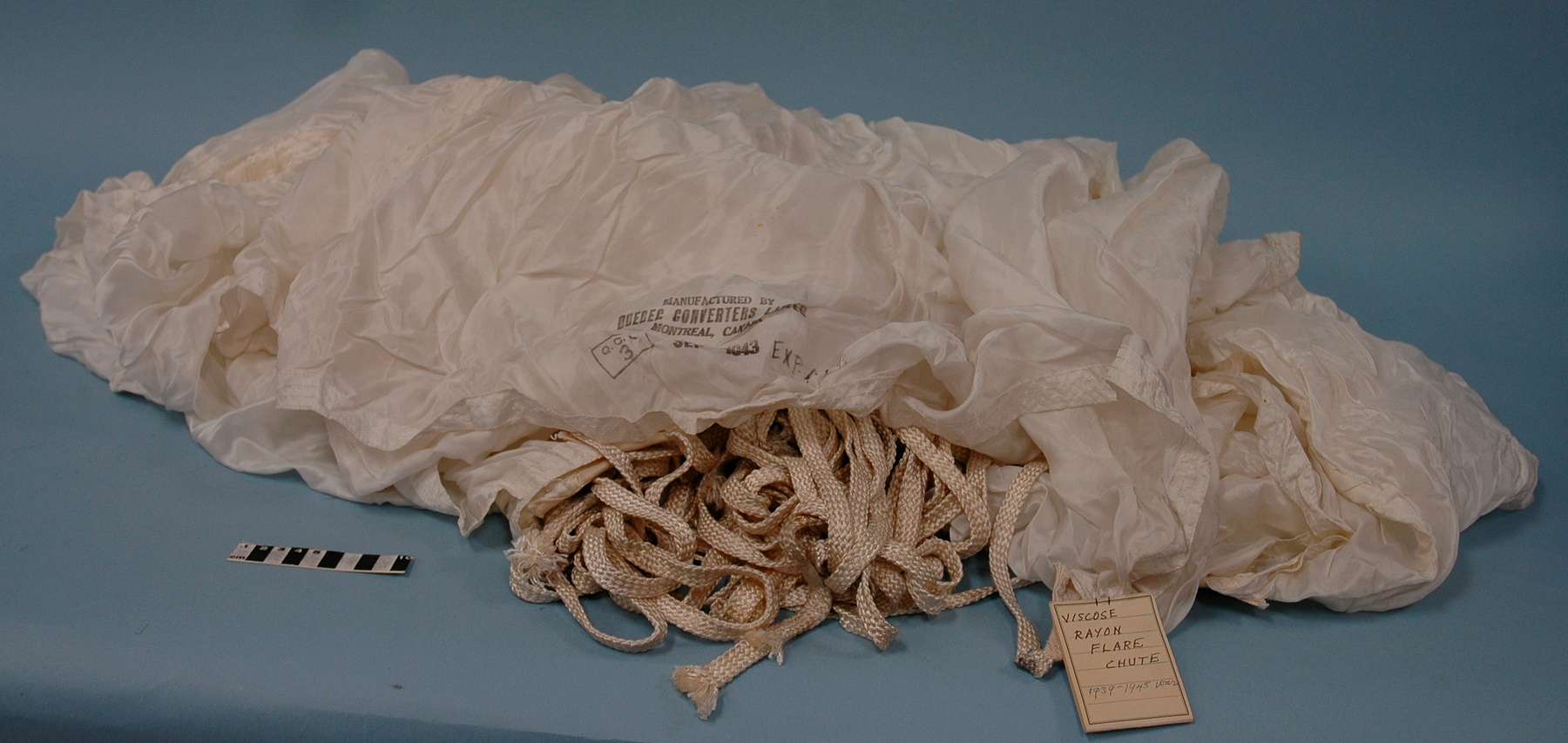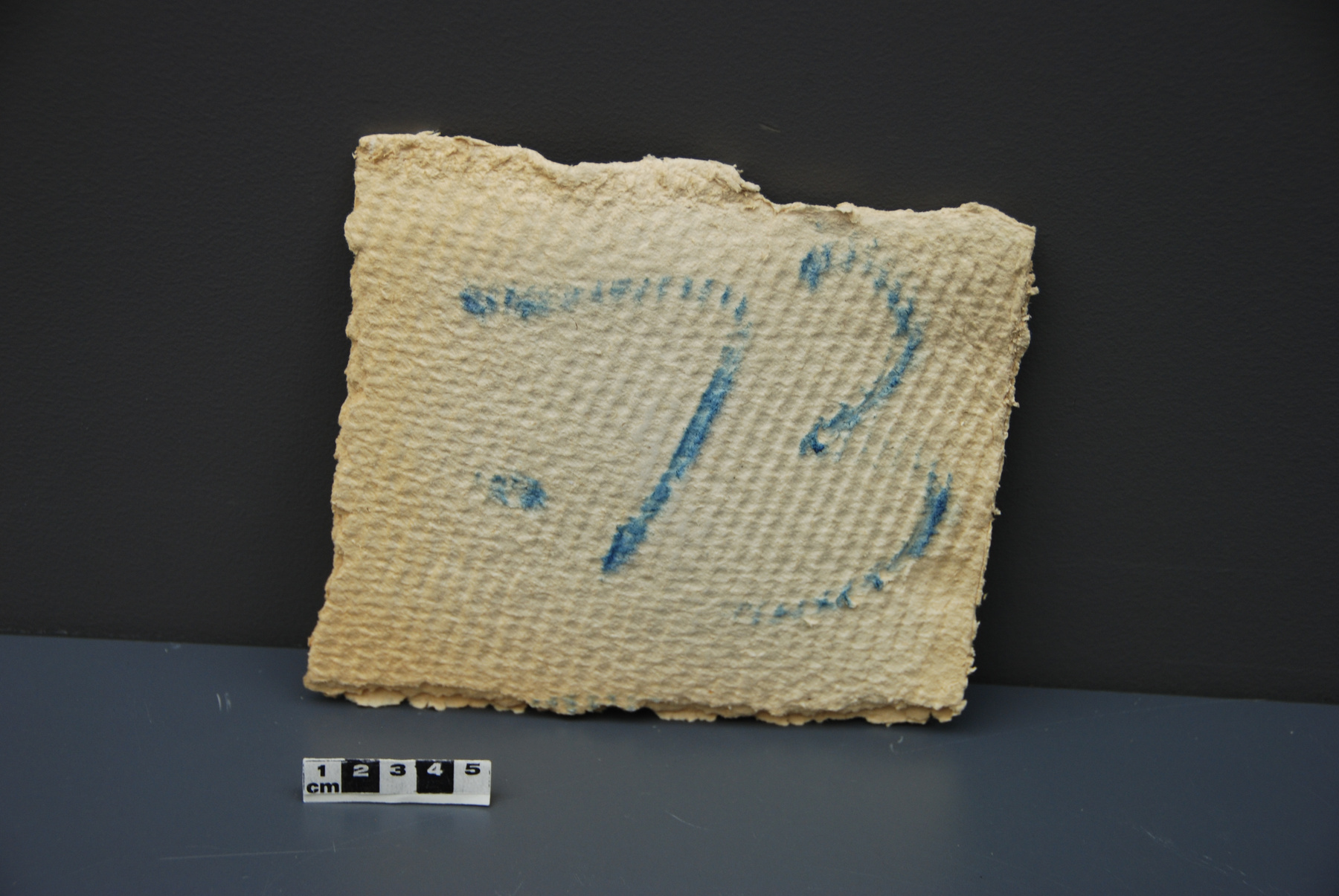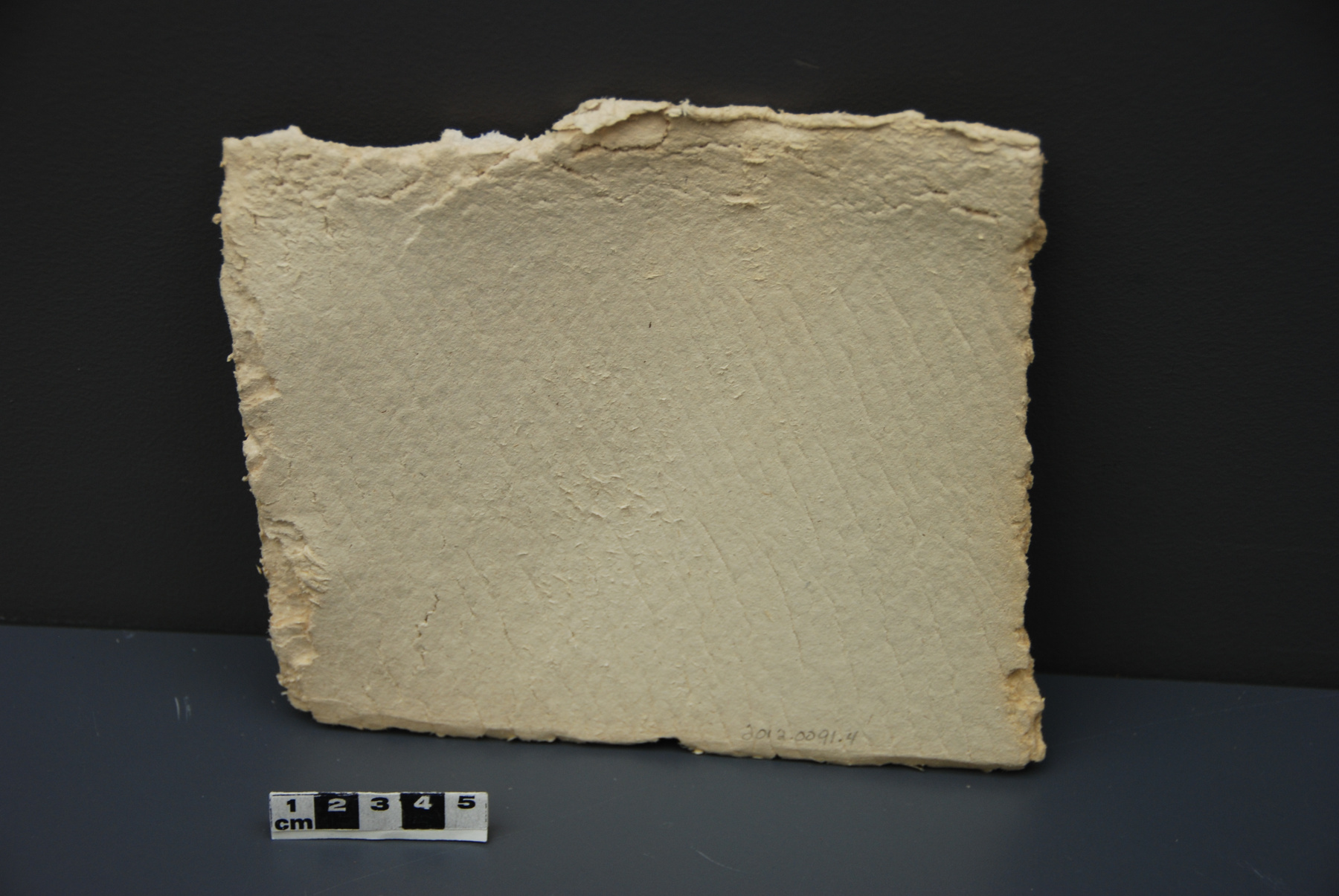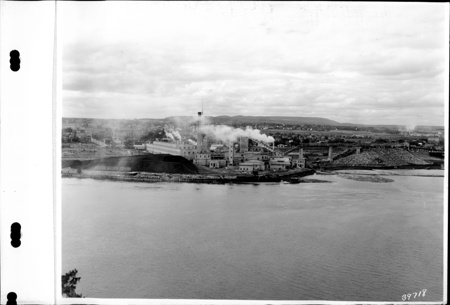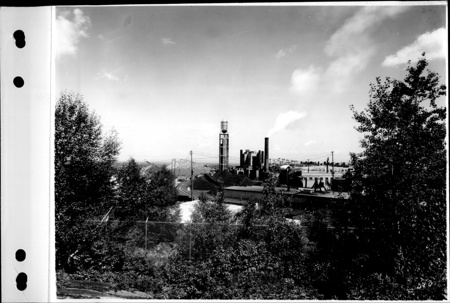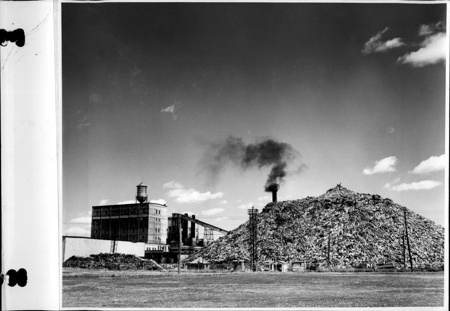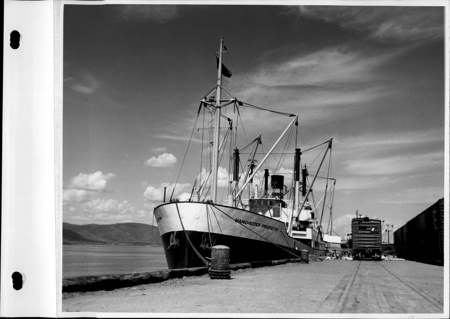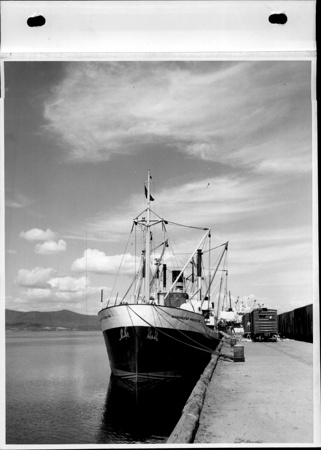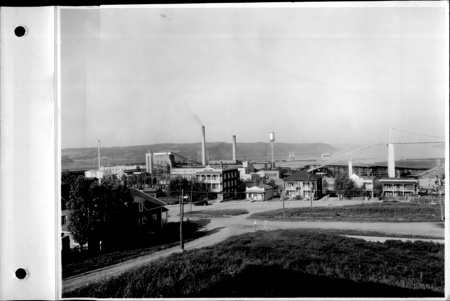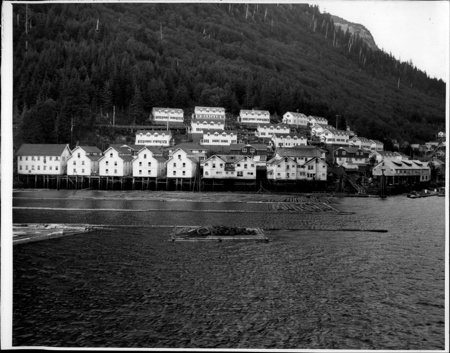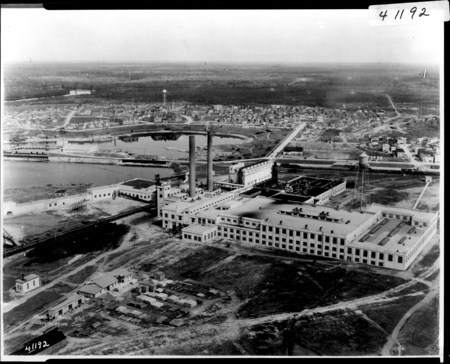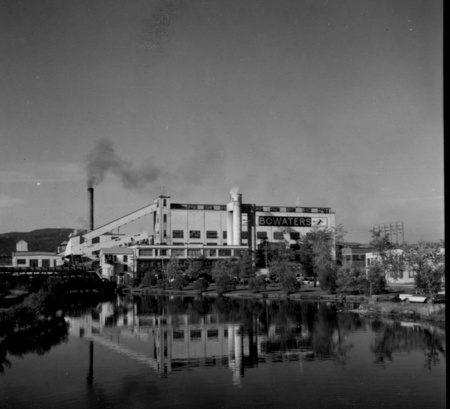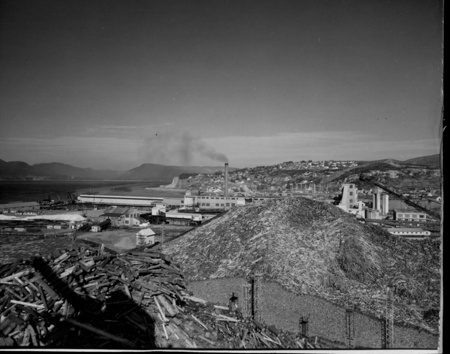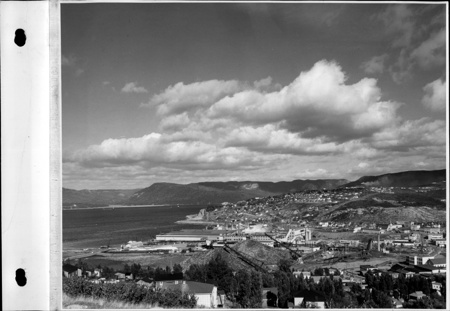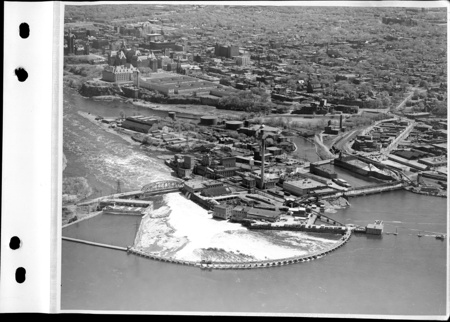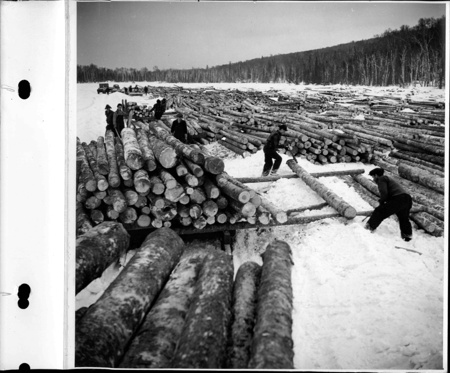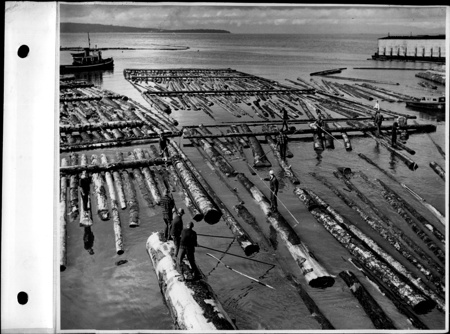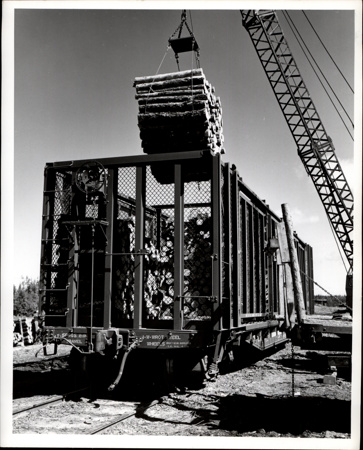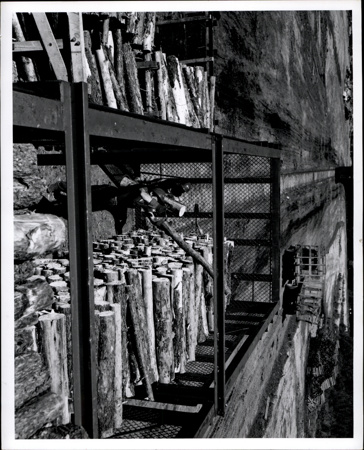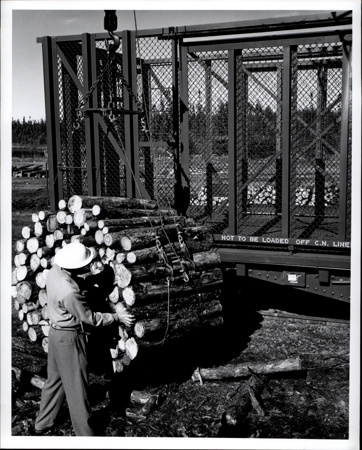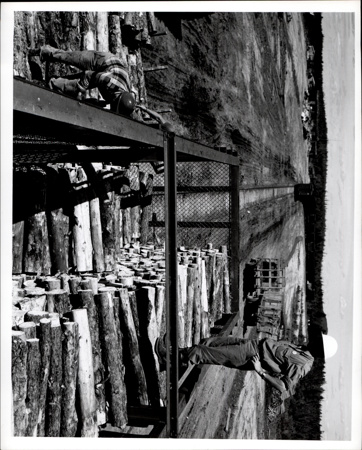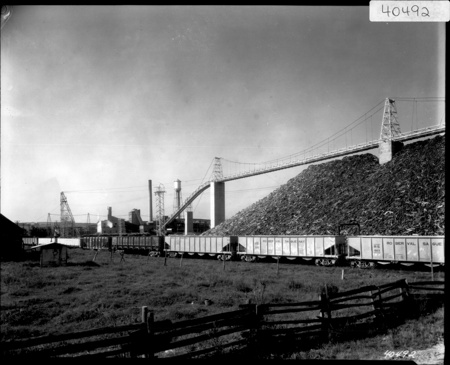Échantillon de pâte
Utiliser cette image
Puis-je réutiliser cette image sans autorisation? Oui
Les images sur le portail de la collection d’Ingenium ont la licence Creative Commons suivante :
Copyright Ingenium / CC BY-NC-ND (Attribution-NonCommercial 4.0 International (CC BY-NC 4.0)
ATTRIBUER CETTE IMAGE
Ingenium,
2012.0091.004
Permalien:
Ingenium diffuse cette image sous le cadre de licence Creative Commons et encourage son téléchargement et sa réutilisation à des fins non commerciales. Veuillez mentionner Ingenium et citer le numéro de l’artefact.
TÉLÉCHARGER L’IMAGEACHETER CETTE IMAGE
Cette image peut être utilisée gratuitement pour des fins non commerciales.
Pour un usage commercial, veuillez consulter nos frais de reproduction et communiquer avec nous pour acheter l’image.
- TYPE D’OBJET
- S/O
- DATE
- 1932
- NUMÉRO DE L’ARTEFACT
- 2012.0091.004
- FABRICANT
- EDDY, E.B. CO.
- MODÈLE
- Inconnu
- EMPLACEMENT
- Hull, Québec, Canada
Plus d’information
Renseignements généraux
- Nº de série
- S/O
- Nº de partie
- 4
- Nombre total de parties
- 4
- Ou
- S/O
- Brevets
- S/O
- Description générale
- Pulp paper
Dimensions
Remarque : Cette information reflète la taille générale pour l’entreposage et ne représente pas nécessairement les véritables dimensions de l’objet.
- Longueur
- 18,8 cm
- Largeur
- 17,0 cm
- Hauteur
- S/O
- Épaisseur
- S/O
- Poids
- S/O
- Diamètre
- S/O
- Volume
- S/O
Lexique
- Groupe
- Exploitation forestière
- Catégorie
- Exploitation forestière
- Sous-catégorie
- S/O
Fabricant
- Ou
- EDDY
- Pays
- Canada
- État/province
- Québec
- Ville
- Hull
Contexte
- Pays
- Canada
- État/province
- Québec
- Période
- Sample made in July 1932.
- Canada
-
This pulp sample comes from the E.B. Eddy Company mill, leader in pulp and paper and matches production in Canada for a long time during the second part of the 19th century and throughout most of the 20th century. Eddy also improved on techniques used to produce paper. This sample was kept as an artefact in the E.B. Eddy/J.R. Booth archives as number ART028b. Ezra Butler Eddy, originally from Vermont, US, came to Hull in 1851. He began with the production of sulphur matches with his wife and in 1857, extended it to include other products like washboards, clothes pins, and pails. In 1860, he rented his first saw mill and in 1870 bought his first saw mill. The same year, he also bought the Philemon Island. During the same decade, he added a sash and door factory and a box factory. A fire destroyed his properties in 1882. He reconstructed and in 1883, he had 2 large saw mills, a pail and tub factory, a box factory, a sash and door factory, a blind factory, a planning mill and several machine shops. In 1886, the company was incorporated as The E.B. Eddy Manufacturing Company. Foreseeing the decline of the lumber trade, Eddy became interested in wood pulp and in 1886-1887, he constructed a ground wood mill and began the production of ground wood pulp and indurate-ware objects like pails, platters, calendar holding, etc. Eddy began the construction of a sulphite pulp mill in 1888, one year after Charles Riordon in Cornwall, Ontario, considered as the first in Canada to make chemical pulp with the Mitscherlich process. This first mill was equipped with four horizontal digesters. From making pulp, the firm began also paper production in 1890. In 1891, the name changed to E.B. Eddy Company. By 1895, six paper machines were in operation making newsprint, tissue, board, book and writing papers, bag paper and wrappings. In 1900, a fire destroyed the entire plant at the exception of the sulphite mlll. The plant was reconstructed and one year after the fire, E.B. Eddy mill was the leader in Canada in production- 45 tons of ground wood pulp, 40 tons of chemical pulp and 80 tons of paper. In 1901, the Company engineers designed a completely automated vertical digester, the first one in Canada. In 1910, new pulp mills are installed at the Lower Mill on the Hull side. In 1924, the Mitscherlich digester process is abandoned and two new vertical digesters are constructed. A ground wood pulp line is constructed and extensions are made to the ground wood mill. Our sample apparently dates back to 1932. In 1928, the company sold its match business. In 1934, a new pulpwood preparation plant is constructed and a chemipulp system is installed in the sulphite mill. In 1946, Eddy incorporated the J.R. Booth Company paper mills situated on the Ottawa side of the river in its holdings. In 1950, 3 new sulphite digesters and a four stage bleacher are installed along with a new ground wood mill with 18 pocket grinders. The company then employed 2000 men and women. Its production included book, bond, news and poster paper, toilet tissue, paper towels, manila kraft paper and envelopes. In 1972, the last log drive was completed on the Ottawa River and the newsprint machine, sulphite and ground wood pulp mills were closed and the land sold to the National Capital Commission. In 1989, the “White Swan” division was sold to Scott Paper Limited. In 1991, other paper machines were shut down. In 1998, Domtar purchased E.B Eddy and paper production continued. In 2007, production ceased on the Chaudière Island after more than a century of operation. - Fonction
-
To produce paper. - Technique
-
“In about 1850, John Taylor of the Don Valley Paper Mill, Toronto, was the first to develop and later patent a Canadian process for making wood pulp. The use of wood as a cellulosic feedstock was the first major technological break-through in paper-making in 1,700 years. This advancement dramatically transformed the industry. Before this, paper was made with recycled cellulosic materials, such as rags, rope, fish nets, and burlap.” (http://publications.gc.ca/Collection-R/LoPBdP/BP/bp292-e.htm). According to this source, (http://www.histoireforestiereoutaouais.ca/en/c19/ ) “From 1878 onwards, Ezra Butler Eddy has a growing interest in the production of pulp made from ground wood fiber and used in the manufacture of indurated fiber ware. He patented a process to make mechanical pulp1 and bought the rights to a hydraulic press used to make indurated fiber pails.2 These two developments were complementary. Eddy built for himself the first mechanical pulp mill, set up on Philemon Island, to supply his indurated fiber ware factory and to manufacture pulp paneling used for thermal insulation in buildings. “Sources : 1 http://www.civilization.ca/cmc/exhibitions/hist/hull/rw_68_ie.shtml; 2 Eddy bought the rights linked to the use of a hydraulic press capable of making pails out of ordinary pulp from the Ives & Hubbard Pail Company. See: Library and Archives Canada, Department of Agriculture, Patent Branch, (R 9271-2-7, previously RG 105), file no 19883, February 25th 1878. The Groundwood mill uses a mechanical process to produce pulp. There are also chemical processes to produce pulp. At E.B. Eddy, both kinds of pulp processes were used. Pulping processes: “The purpose of pulping is to free the cellulose fibers from the other wood components in as pure and undamaged a condition as possible. There are many pulping procedures; these evolve and change as economic and market circumstances dictate. The first widely used pulping method was the stone-ground wood process; this had the advantages of high yield and little waste, but resulted in damaged fibers that lacked strength. This process decreased in popularity when chemical pulping, which produced longer, stronger fibers, was developed. During the early half of the twentieth century, sulphite pulping predominated in Canada, until it was replaced by Kraft pulping. Today Kraft mills account for a very large share of total pulp production. For example, in 1984 46.5% of all Canadian pulp was produced by the Kraft process. Besides the production of high quality fiber, the other major advantage is the spent-liquor system, which recovers tall oil (fatty and resin acids), turpentine, bioenergy, and recycles inorganic chemicals. “(http://publications.gc.ca/Collection-R/LoPBdP/BP/bp292-e.htm. From Chap 2 -The Pulp and Paper Making Processes of www.princeton.edu/~ota/disk1/1989/8931/893104.PDF The mechanical pulps processes use softwoods and are used for these end products. Mechanical pulps: Stone ground wood : Softwoods : Corrugating medium; Refiner mechanical (RMP) : Softwoods : Newsprint and ground wood printing papers; Thermomechanical (TMP) : Softwoods : Newsprint and ground wood printing papers. The mechanical process used at Eddy’s was most probably the stone ground wood technology. As the first chemical process used at Eddy’s, the sulphite pulp used softwoods and hardwoods and produced fine and printing papers sulfite pulp : Softwoods and hardwoods : Fine and printing papers. Pulping Technologies: Mechanical Pulping Processes: Mechanical pulping is generally used with softwoods because of the added strength imparted by the long fiber length of softwood species. Some hardwoods require chemical pretreatment (chemical mechanical pulping) to produce a suitable ground wood pulp. Fibers separated mechanically are substantially damaged in the process and therefore make weaker paper or paperboard. However, since both lignin and cellulose fibers remain intact, the yield of paper per unit volume of wood is still greater than that produced by chemical pulping. Pulp yields from all of the mechanical pulping processes typically are near 90 to 95 percent recovery, which is a much higher yield per unit of wood than with the chemical pulping methods because of the retention of lignin. However, paper made from mechanical pulp discolors and becomes brittle with age because of its lignin content, which results in a shorter useful life than paper made from chemical pulp. Mechanical pulps are used principally to manufacture newsprint, printing papers, toweling, tissue, and coated specialty papers that do not require high-strength. Secondary uses include wallpaper and paperboard. Small amounts of chemical pulp are often mixed with ground wood pulp for additional strength. In the stone ground wood process, debarked short logs (roundwood) are fed whole against wet stone grinders by hydraulic rams. Counter-revolving steel disks are sometimes used in place of abrasive stone in the grinding process. The abrasion of the grinding wheel against the wood physically separates the wood fibers. The grinding process usually is automatic and continuous. The ground wood pulp is then screened, bleached or brightened, treated, and prepared for the paper machine.” - Notes sur la région
-
Inconnu
Détails
- Marques
- Handwritten print ".73".
- Manque
- S/O
- Fini
- Corrugated yellowed pulp with medium blue ink print.
- Décoration
- S/O
FAIRE RÉFÉRENCE À CET OBJET
Si vous souhaitez publier de l’information sur cet objet de collection, veuillez indiquer ce qui suit :
EDDY, E.B. CO., Échantillon de pâte, 1932, Numéro de l'artefact 2012.0091, Ingenium - Musées des sciences et de l'innovation du Canada, http://collection.ingeniumcanada.org/fr/id/2012.0091.004/
RÉTROACTION
Envoyer une question ou un commentaire sur cet artefact.
Plus comme ceci
